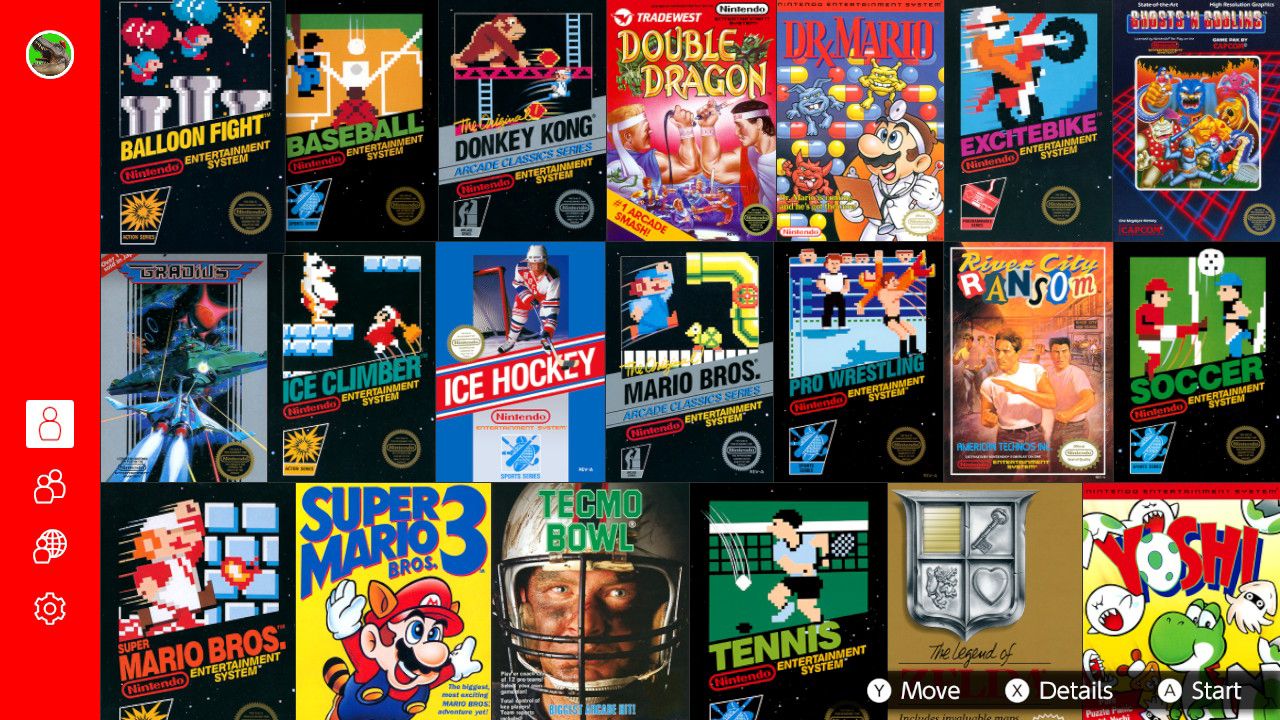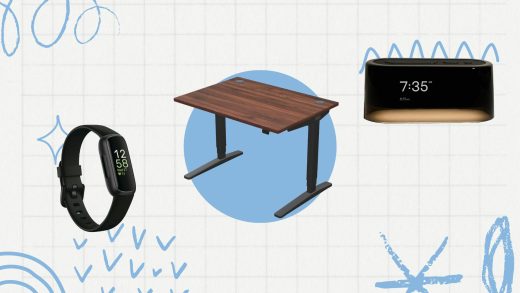Nintendo and Android fans got a fun bit of convergence last week when Android ROM developers released a build of the mobile operating system running on the Switch console. It’s weird, awkward, and lots of nerdy fun.
This sort of modding never hits the mainstream of video game consoles—conventional users get uncomfortable when they hear words like “bootloader.” But the fact that so many people are excited for Android on the Switch—an unremarkable tablet in terms of pure hardware and capability—is telling.
Why are more techy Switch owners excited about Android? It’s certainly not to turn the Switch into a conventional, iPad-style tablet. The six-inch plastic screen, 4 GB of RAM, and a respectable (but dated) NVIDIA Tegra chipset means it can’t even compare to a tablet that costs much less than the Switch’s $300 retail price. Nope! Android on the Switch is all about the games—games that players don’t have access to on the Switch’s official software.
The Switch’s surprisingly flexible design as a portable game machine is what’s attracting so much aftermarket interest. Those excellent Joy-Con controllers and its compact design—less cumbersome than an iPad and a separate Bluetooth controller—make it so easy to throw in a bag and go. But some players aren’t satisfied with just the Switch’s lineup of official games, as excellent as it is. They want more.
You might think players want access to the Google Play Store and its thousands of mobile games. Not so much. Mobile games rarely appeal to console players, outside of ports like Fortnite (and like Fortnite, many of those games are already available on the Nintendo eShop). And the Switch’s design doesn’t lend itself to utilities like web browsers or email clients, as stated above. On top of all that, the Android ROM doesn’t even come with the Play Store built in. It requires another modified flash on top of the base software, for practical and legal reasons. To be blunt, there are better and less cumbersome ways to play almost any Android game.
It’s All About Emulation
What players are excited about is emulation. Long possible on Android phones, but rarely practical thanks to touch screen controls, classic console emulation is booming on Android and similarly open platforms. With an Android ROM on the Switch, emulation software from the NES up to the original PlayStation and N64 should be able to run at full power. Ditto for the Game Boy, Nintendo DS, and PlayStation Portable. On the NVIDIA SHIELD TV (which uses an almost identical but less battery-conscious version of the Switch’s chipset), players can get through slower GameCube and Wii games on the Dolphin emulator. That’s tens of thousands of titles, all available (if legally questionable) on a small portable gaming machine with fantastic controls. What’s not to love?

Indeed, Nintendo should probably take a few notes. Although the Switch Android hack is sure to attract only a fraction (or less, thanks to security patches) of Switch owners, Nintendo promised almost the same thing with its Virtual Console service on the Wii, Nintendo 3DS, and Wii U. Why it skipped the Virtual Console on the Switch in favor of a scanty selection of NES titles tied to the $20-per-year online service, is another article.
But the fact that Android modders have had their eye on the Switch since its release shows there are plenty of gamers still hungry for those old titles.












